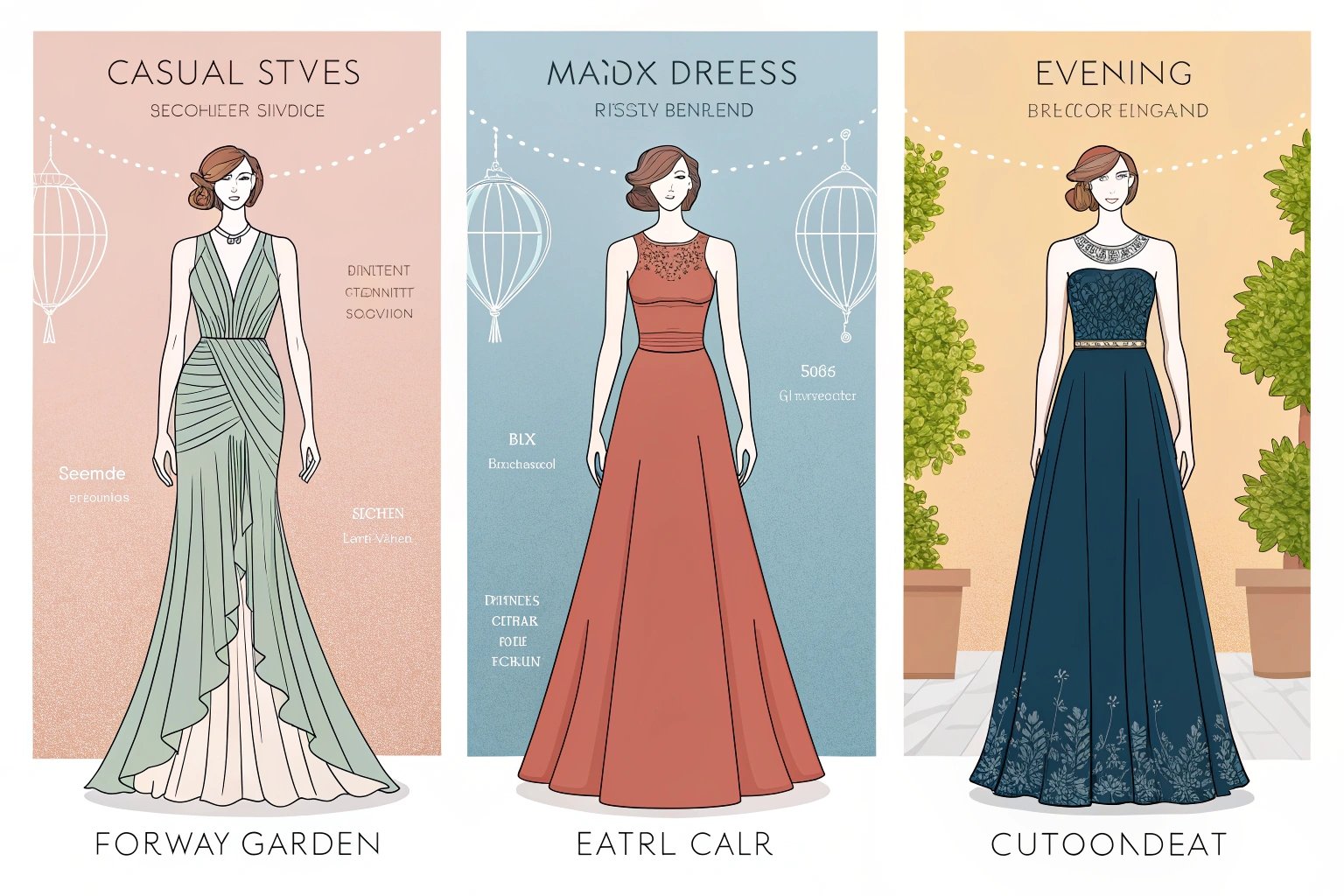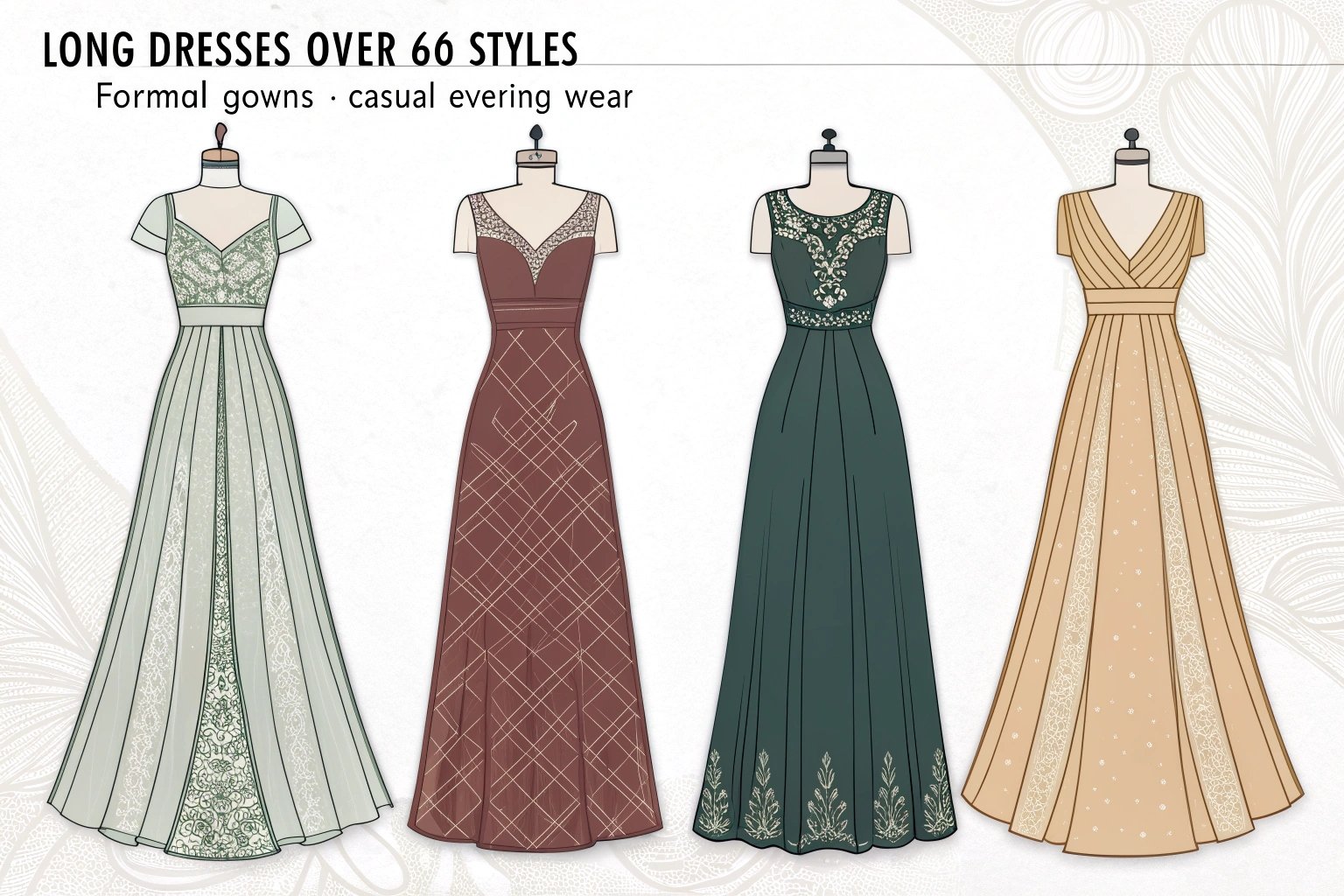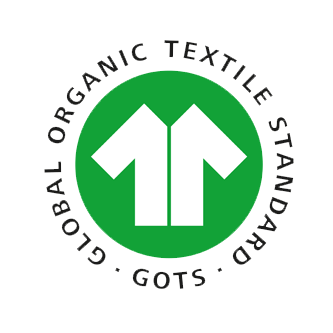Italy is globally renowned for its high-quality fashion and luxurious clothing lines, but it is also known for its relatively high manufacturing costs. This raises the question: Is Italy still a cost-effective option for clothing manufacturing, or are other countries more affordable alternatives? In this article, we will delve into the costs of manufacturing in Italy, compare them to other countries, and explore why brands may still choose Italy despite the higher expenses.
While Italy may not be the cheapest option for clothing manufacturing, its reputation for premium, high-quality products makes it an attractive choice for luxury brands1 and companies focused on craftsmanship and design excellence.
How Does Italy Compare in Terms of Clothing Manufacturing Costs?
Italy’s clothing manufacturing costs are higher compared to many developing countries that offer lower labor costs2 and material prices. However, Italy’s reputation for high-quality apparel production is a major driving factor behind its cost structure.

Tailoring Fabrics for Custom Suits
What Makes Italy a More Expensive Option for Clothing Manufacturing?
Italy’s manufacturing costs are influenced by a variety of factors that contribute to higher expenses compared to countries with lower labor costs. These include:
- Labor costs: Skilled workers in Italy are paid significantly more than those in countries like China or Bangladesh. Italian labor laws ensure workers receive competitive wages, benefits, and protections, which contributes to higher manufacturing costs.
- Materials: Italy uses high-quality materials, particularly in the luxury and fashion sectors, which drives up production costs. For example, fine fabrics like silk, wool, and leather, as well as intricate embellishments like embroidery, are often used, raising material costs.
- Sustainability: Italy’s focus on eco-friendly production processes, including sustainable sourcing and ethical practices3, increases operational costs. This can mean sourcing organic fabrics or implementing environmentally-friendly dyeing and processing techniques.
| Cost Factor | Italy | China | Bangladesh | Vietnam |
|---|---|---|---|---|
| Labor Cost per Hour | $15–$30 | $3–$5 | $2–$4 | $3–$6 |
| Material Costs (Premium) | $20–$60 | $8–$25 | $6–$18 | $10–$30 |
| Minimum Order Quantity | 500–1000 | 1000–5000 | 1000–3000 | 1000–4000 |
| Lead Time (Average) | 30–60 days | 30–45 days | 30–50 days | 30–45 days |
How Do Labor Costs and Material Prices in Italy Affect Clothing Manufacturing?
The main reason why Italy is more expensive than countries like China, Bangladesh, or Vietnam is its labor and material costs. Labor in Italy is significantly more expensive due to the higher wages required for skilled workers. The country also emphasizes the use of premium materials, such as cashmere, silk, and organic cotton, which are more costly compared to materials used in mass-produced apparel from other countries.
Furthermore, Italy’s garment manufacturers invest heavily in quality control and fine details, such as hand-finishing, which adds additional costs. However, these investment4s result in superior, luxury-quality products that have become synonymous with "Made in Italy."
Why Do Brands Choose Italy Despite the Higher Costs?
Brands opt for Italian manufacturers for several reasons, despite the higher production costs. The combination of Italy’s rich tradition in fashion, skilled workforce, and a reputation for quality and innovation makes it an attractive destination for many premium and luxury apparel brands.
How Does Italy’s Reputation for High-Quality Fashion Affect Manufacturing Costs?
Italy’s global reputation as the home of luxury fashion directly impacts its manufacturing costs. Products made in Italy are associated with fine craftsmanship5, premium quality, and exclusivity, allowing manufacturers to charge higher prices for their goods. Consumers are willing to pay a premium for Italian-made clothing, which makes the higher manufacturing costs justifiable for many brands.
Italian fashion houses such as Gucci, Prada, and Valentino have long been recognized as benchmarks for style, luxury, and quality. As a result, clothing produced in Italy often carries a "Made in Italy" tag that increases its value and marketability. For brands that aim to position themselves in the premium market, this label is worth the extra investment.

What Are the Advantages of Manufacturing High-End Clothing in Italy?
Manufacturing high-end clothing in Italy offers several advantages:
- Reputation and Prestige: The "Made in Italy" label is associated with luxury, exclusivity, and top-tier quality, adding significant value to a brand’s identity.
- Expertise and Craftsmanship: Italy is home to skilled artisans who have mastered the art of tailoring, embroidery, and other intricate techniques that set Italian clothing apart from mass-produced garments.
- Fashion Innovation: Italy is at the forefront of fashion innovation, offering cutting-edge design and trend-setting styles that make it an ideal location for fashion-forward clothing brands.
How Do Other Countries Compare in Terms of Cost?
Many countries are known for offering more affordable options when it comes to clothing manufacturing. These nations typically benefit from lower labor costs and fewer regulations, making them attractive for brands looking to cut costs.
What Makes China, Bangladesh, and Vietnam More Affordable Options?
Countries like China, Bangladesh, and Vietnam offer significant cost advantages, primarily due to:
- Labor Costs: Workers in these countries earn a fraction of the wage rates seen in Italy, making it much more affordable to manufacture large volumes of clothing.
- Government Subsidies: Some of these countries offer tax breaks and subsidies to attract foreign manufacturers, further reducing production costs.
- Economies of Scale: Due to their size and experience, many of these countries can offer large-scale production at competitive rates, making them ideal for mass-produced, low-cost apparel.
| Country | Labor Costs (Per Hour) | Material Costs | Minimum Order Quantities | Key Advantages |
|---|---|---|---|---|
| Italy | $15–$30 | High | 500–1000 | Luxury, craftsmanship, innovation |
| China | $3–$5 | Low | 1000–5000 | Low labor, high volume |
| Bangladesh | $2–$4 | Low | 1000–3000 | Cost-effective, high volume |
| Vietnam | $3–$6 | Low | 1000–4000 | Competitive prices, quick turnarounds |
How Do Countries with Low Labor Costs Like Bangladesh Compete with Italian Manufacturers?
Manufacturers in countries with low labor costs, like Bangladesh, offer an entirely different production environment. They can keep clothing production affordable by capitalizing on low wages, fewer regulations, and the ability to scale quickly. While they may not offer the same level of craftsmanship or luxurious materials as Italy, they are capable of producing large quantities of basic apparel at a fraction of the cost. For brands focusing on affordability and mass-market appeal, these countries are often the preferred choice.
What Are the Benefits of Working with Italian Clothing Manufacturers?
Despite the higher costs, working with Italian manufacturers offers a wide range of benefits that can ultimately lead to greater brand success, especially for brands that are focused on quality, luxury, and exclusivity.

How Does Italy’s Expertise in Fashion and Design Influence Product Quality?
Italy’s long-standing expertise in fashion and design plays a critical role in ensuring high-quality products. Italian manufacturers are renowned for their attention to detail, commitment to high-end fabrics, and ability to craft garments that meet the most stringent quality standards. This ensures that products coming from Italy are always of superior quality, making them highly desirable to consumers who value craftsmanship.
What Role Does Italy’s Skilled Workforce and Craftsmanship Play in the Manufacturing Process?
The highly skilled workforce in Italy is one of the primary reasons why Italian clothing manufacturers stand out. Artisans and seamstresses who have honed their craft over many years ensure that each garment is made with precision. Whether it’s tailoring a suit or adding intricate embroidery, Italian manufacturers take pride in producing garments that reflect superior craftsmanship.
How Can You Manage Costs When Working with Italian Manufacturers?
While Italy may be more expensive, there are ways to manage costs and make the most of the investment.
What Are the Best Strategies for Reducing Manufacturing Costs in Italy?
- Negotiate with manufacturers: Ensure you’re getting the best price by negotiating based on order volumes and long-term partnerships.
- Source locally: Reduce material costs by sourcing textiles from local suppliers within Italy, which can lower shipping and import costs.
- Small batch production: Consider starting with smaller batch sizes to test demand while keeping initial investment low.
How Can Small and Medium Brands Benefit from Italian Manufacturing Despite Higher Costs?
Small and medium-sized brands can still benefit from Italian manufacturing by focusing on quality over quantity. By producing fewer, more luxurious pieces, these brands can target niche markets6 and justify the higher production costs. Moreover, the “Made in Italy” label can enhance the brand’s appeal, helping to build brand loyalty and drive premium pricing.
Conclusion
While Italy may not be the cheapest option for clothing manufacturing, its focus on high-quality production, skilled labor, and innovative design offers unparalleled advantages for brands seeking to create luxury, high-end apparel. Brands that prioritize quality over cost often find that manufacturing in Italy adds significant value to their products and brand identity, allowing them to compete in premium markets globally.
-
Discover why luxury brands favor Italy for their manufacturing needs. ↩
-
Find out how labor costs impact the overall production process in Italy. ↩
-
Discover the ethical standards upheld by Italian manufacturers. ↩
-
Learn about investment strategies that can enhance brand growth in fashion. ↩
-
Delve into the role of craftsmanship in enhancing clothing quality and appeal. ↩
-
Find out how to effectively reach niche markets for greater brand success. ↩









